East Village
Last weekend, Amy joined Steve and me on a walking tour of the East Village. We thought it would be interesting to learn more about her neighborhood.
Where is the East Village? It’s in Manhattan, the area south of 14th Street and north of Houston Street. Depending on whom you talk to, it is bounded to the west by 3rd Avenue (or Broadway) and to the east by the Bowery (or the East River). The East Village was an artificially created neighborhood, a marketing ploy to enhance the desirability of the northern part of the Lower East Side.
Evolution of the East Village
During the early 1800s, the area now known as the East Village was a fashionable, upper-class neighborhood. New York’s wealthiest families purchased land from John Jacob Astor and built their mansions there. The area had Vauxhall Gardens, the Astor Opera House, and A.T. Stewart, the nation’s first department store.
By the mid-1800s, the wealthy residents had moved uptown, and tenements were built to house large immigrant populations in what was then simply part of the Lower East Side.
The Cooper Union opened in 1859, offering free tuition and night classes, and giving working class men and women access to higher education.
In 1904, a paddleboat loaded with German immigrants caught fire and sank in the East River. More than 1,000 people, mostly women and children, died in the General Slocum Disaster. It was the country’s largest death toll until 9/11.
In the 1960s, the East Village, with its low rents, became popular with artists, musicians, students, and hippies. It’s no longer considered “affordable,” due to recent gentrification, but it is still a center of bohemian culture.
If you walk around the East Village today, you’ll see many reminders of its complex history - ornate architecture, ethnic restaurants, and experimental theaters.
[To see captions, view gallery on a computer instead of a mobile device.]
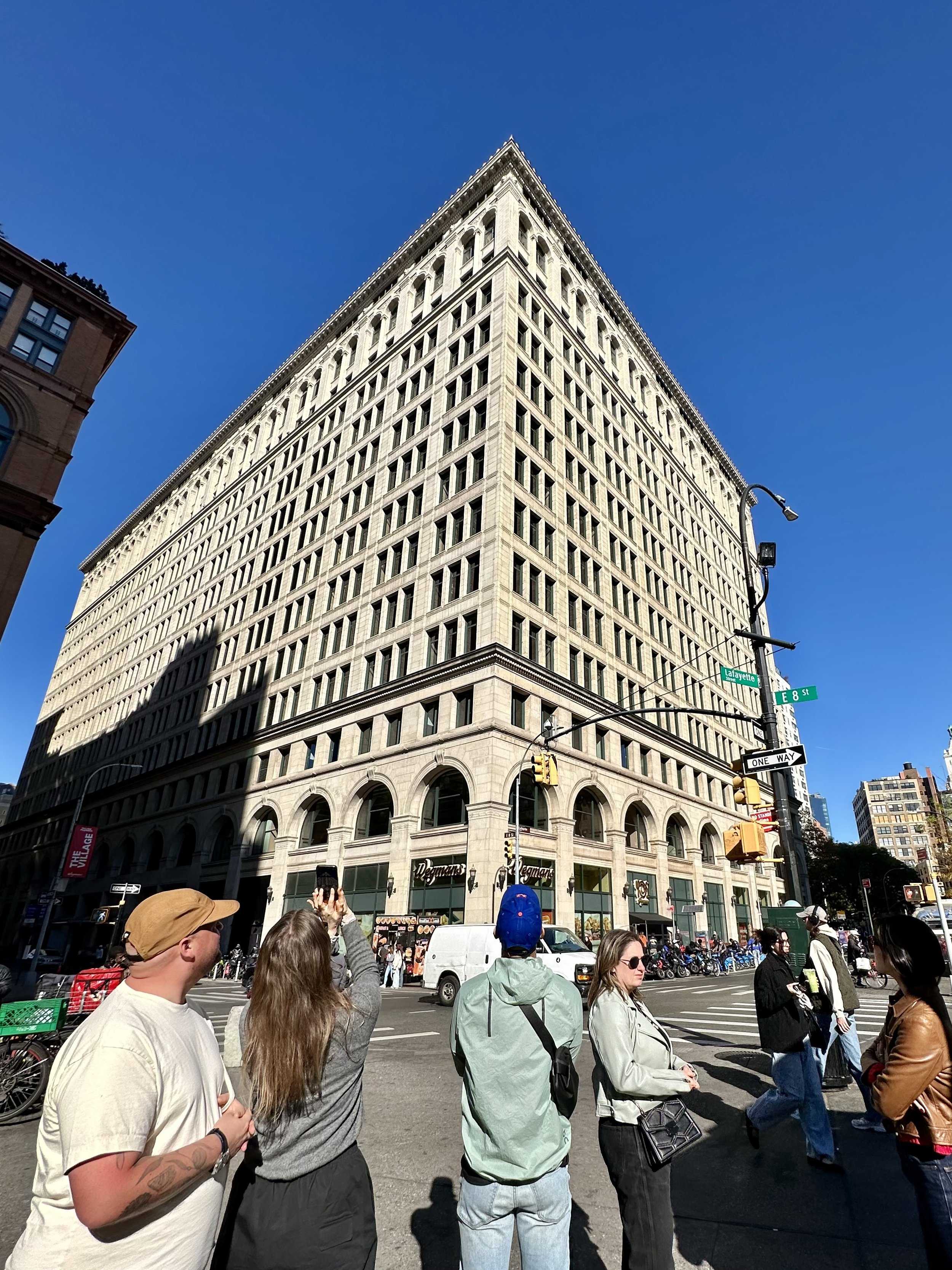
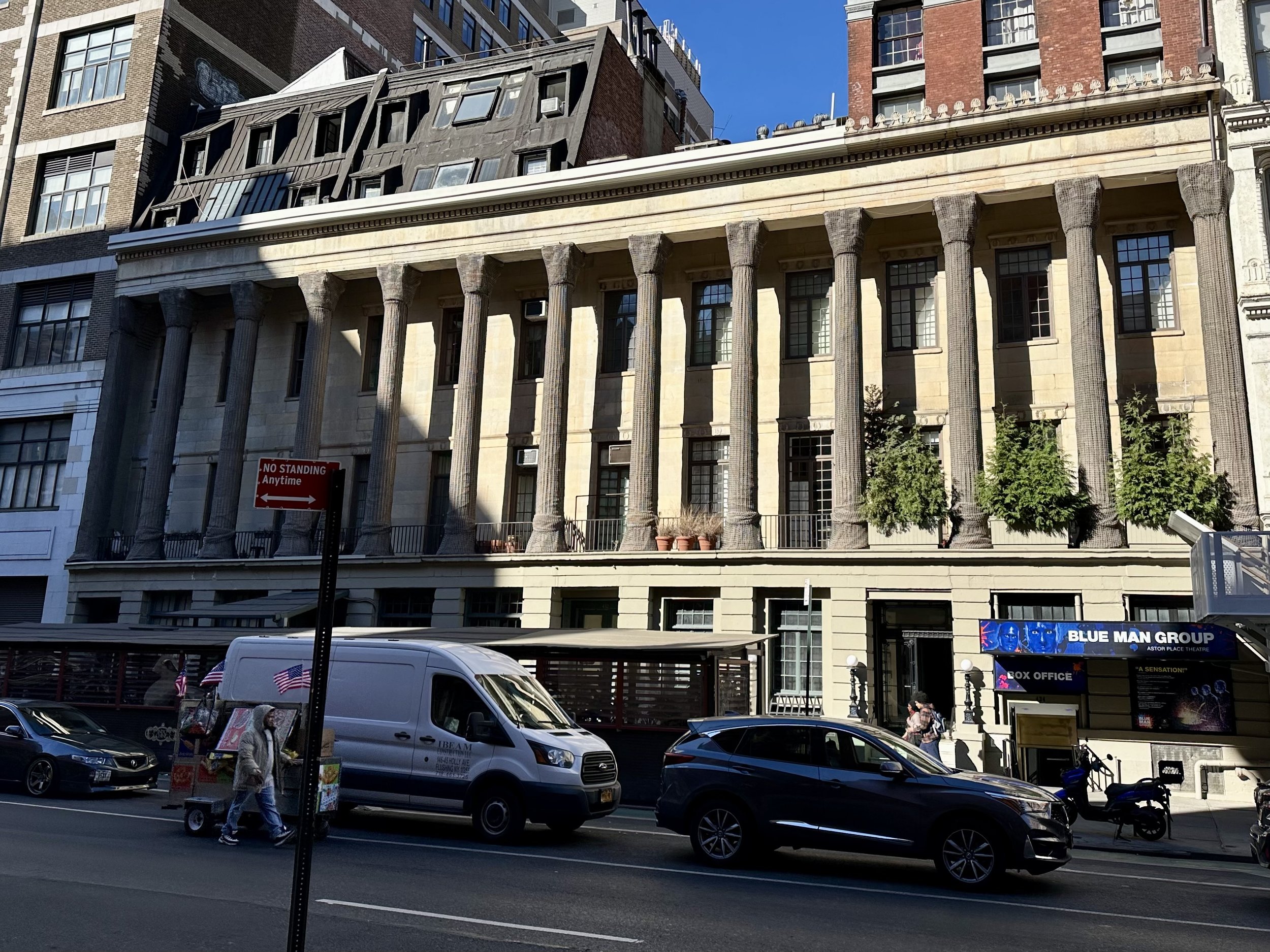

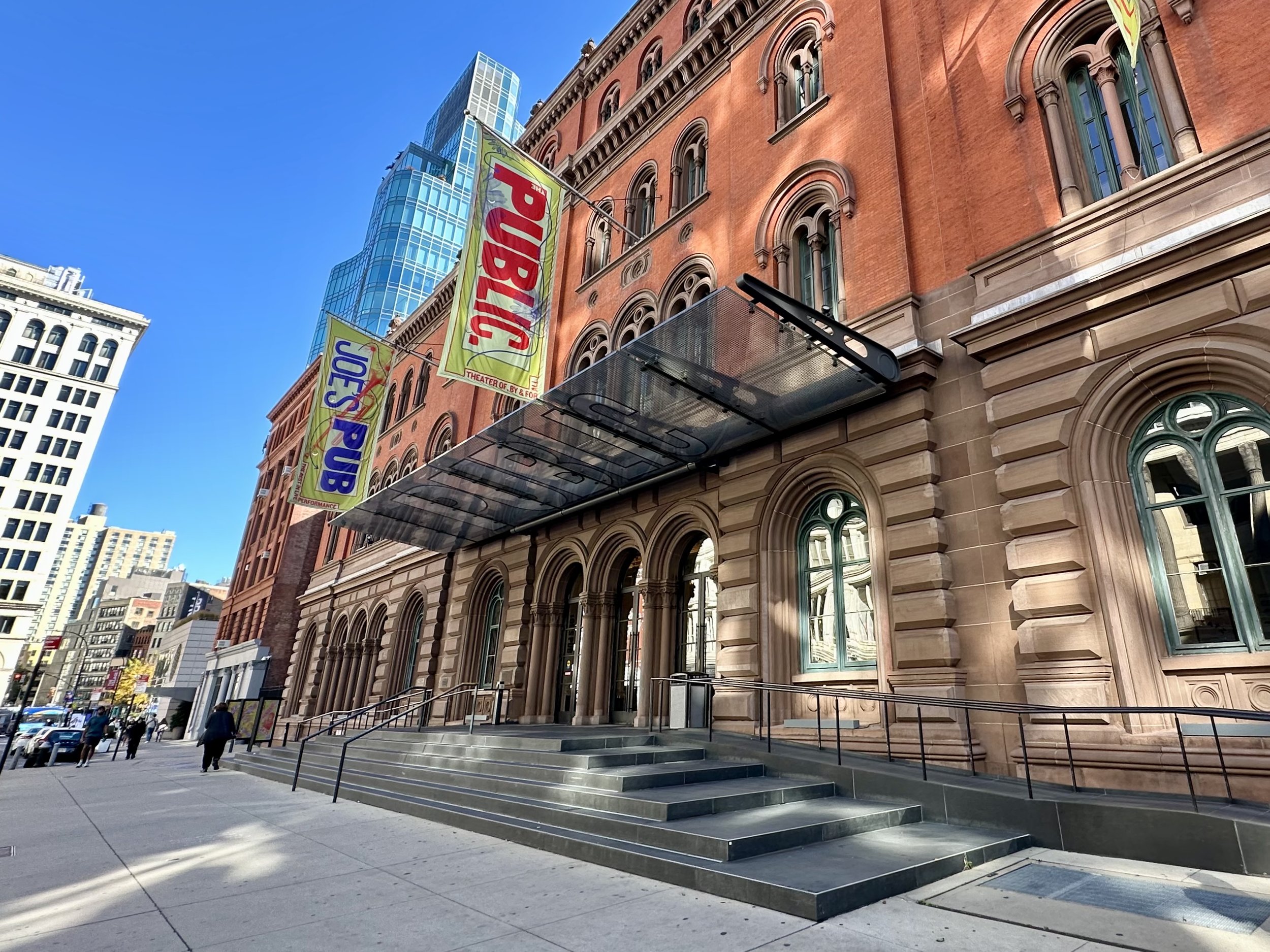
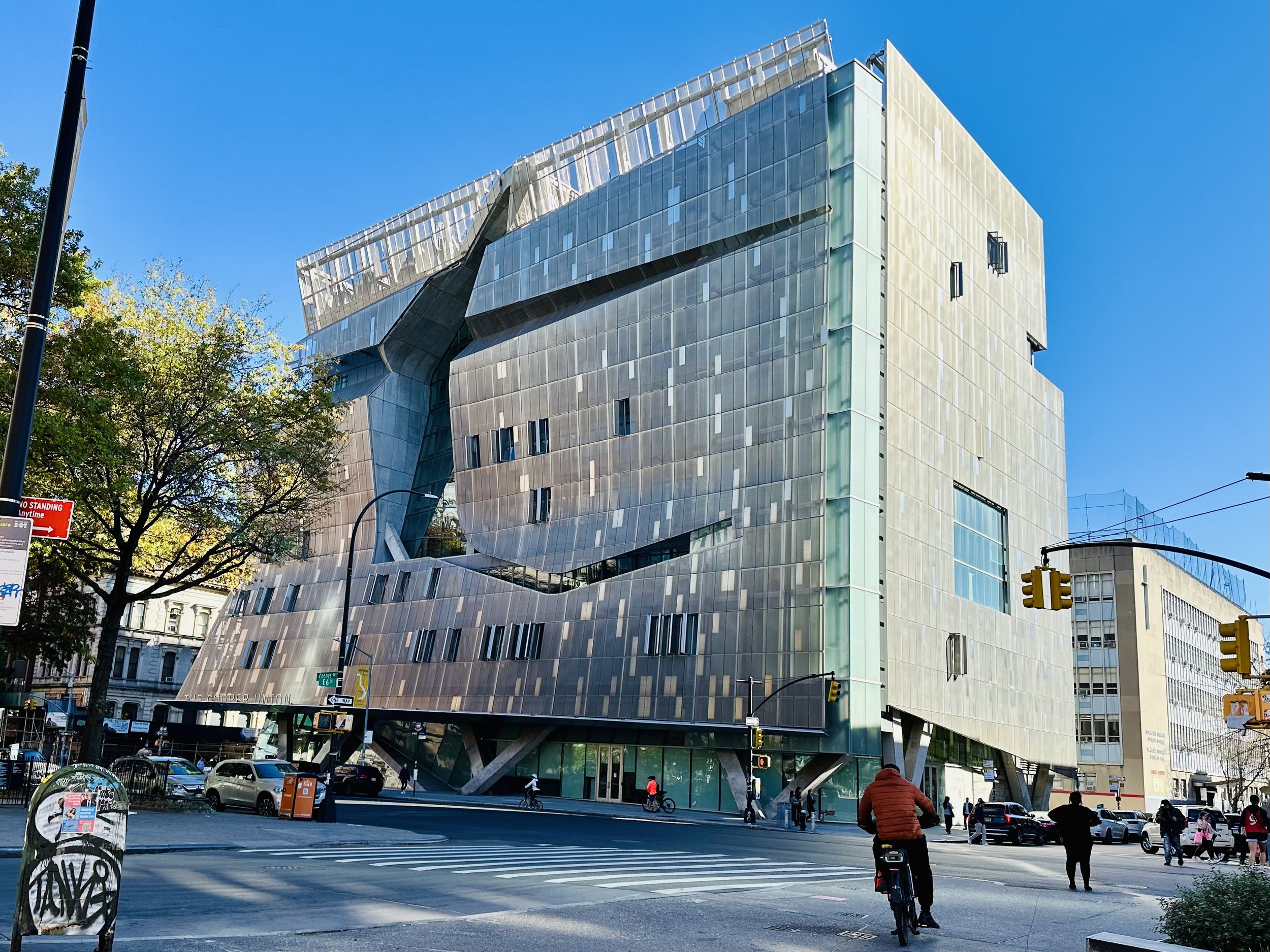
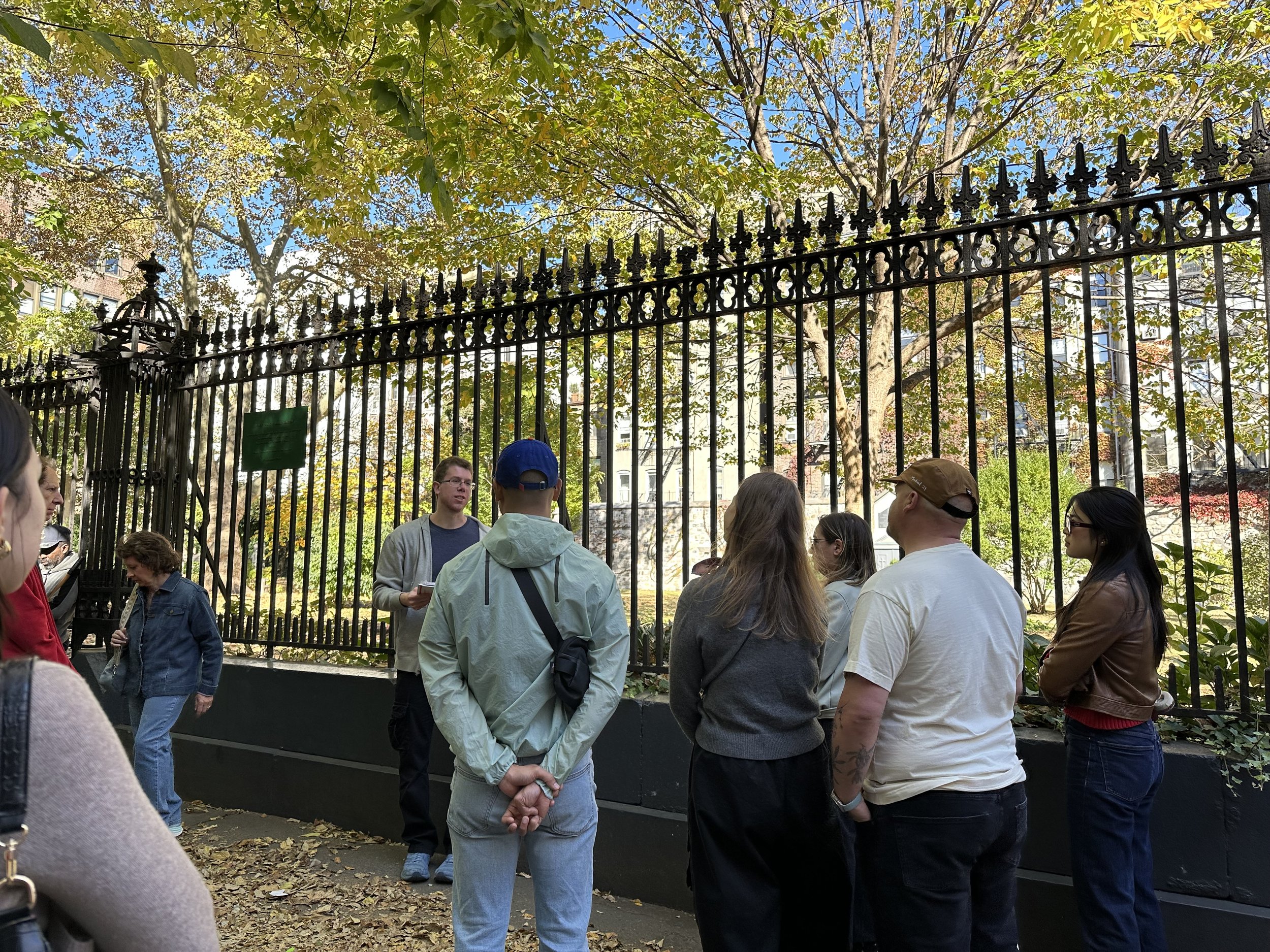
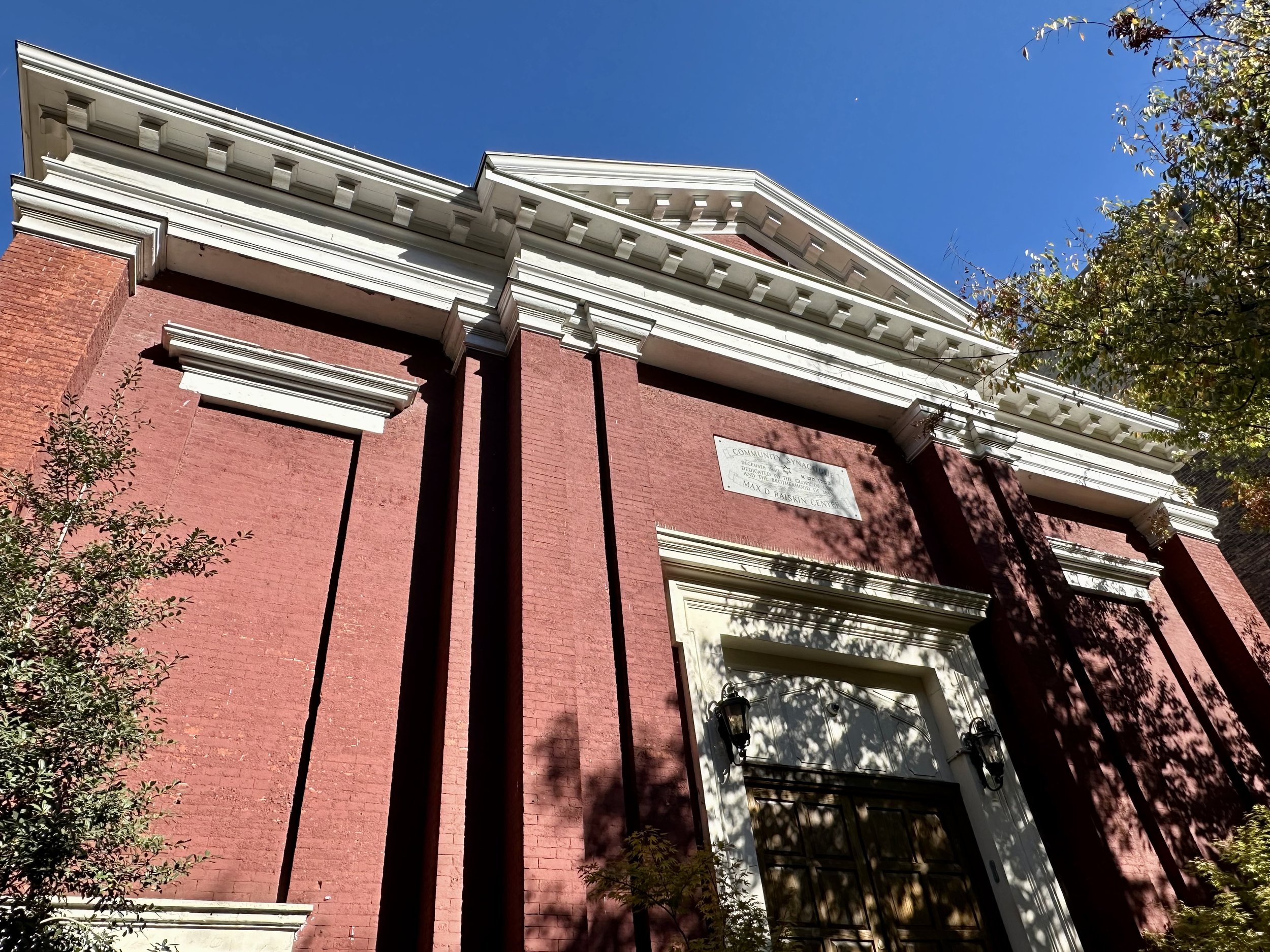
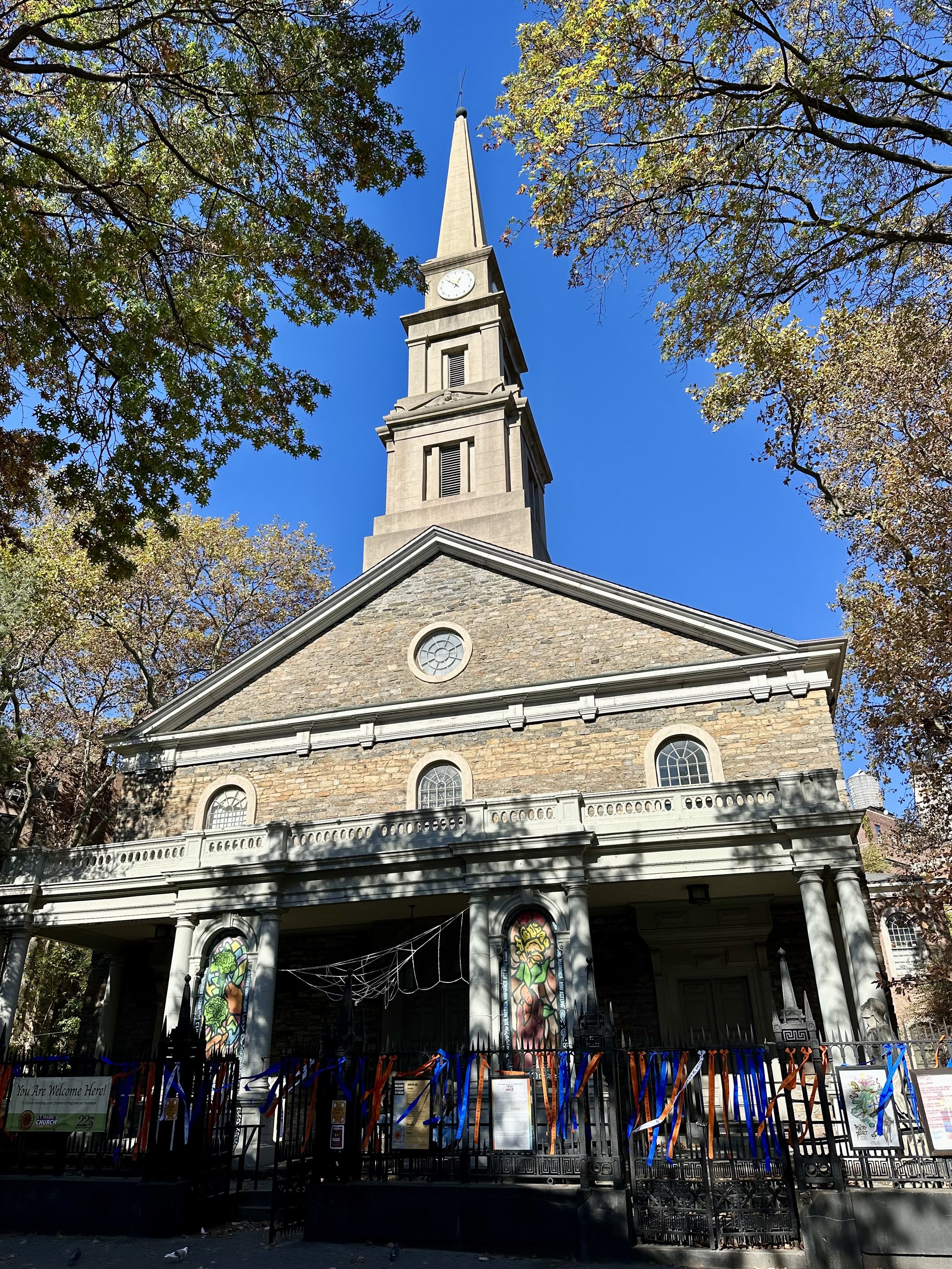
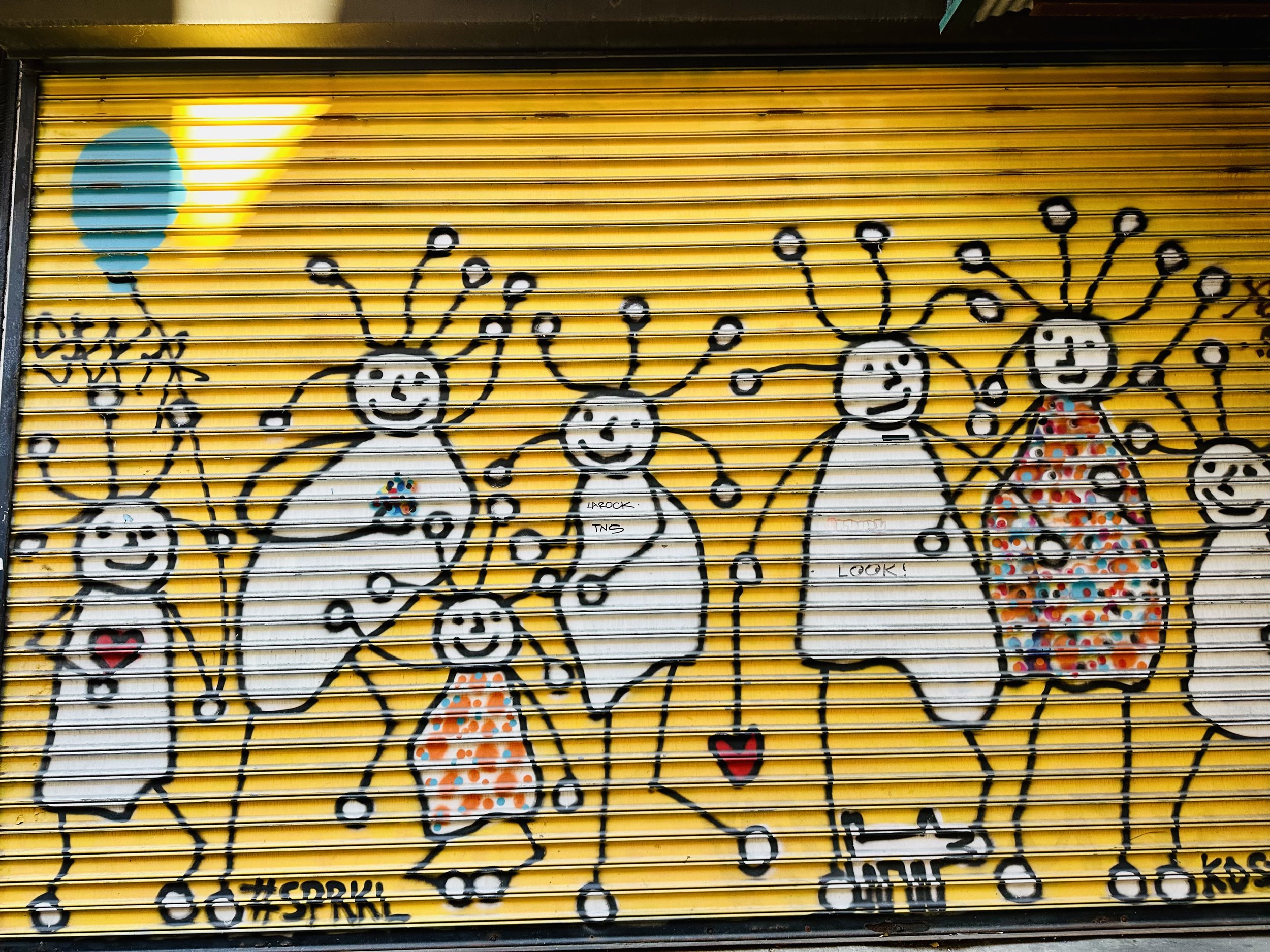
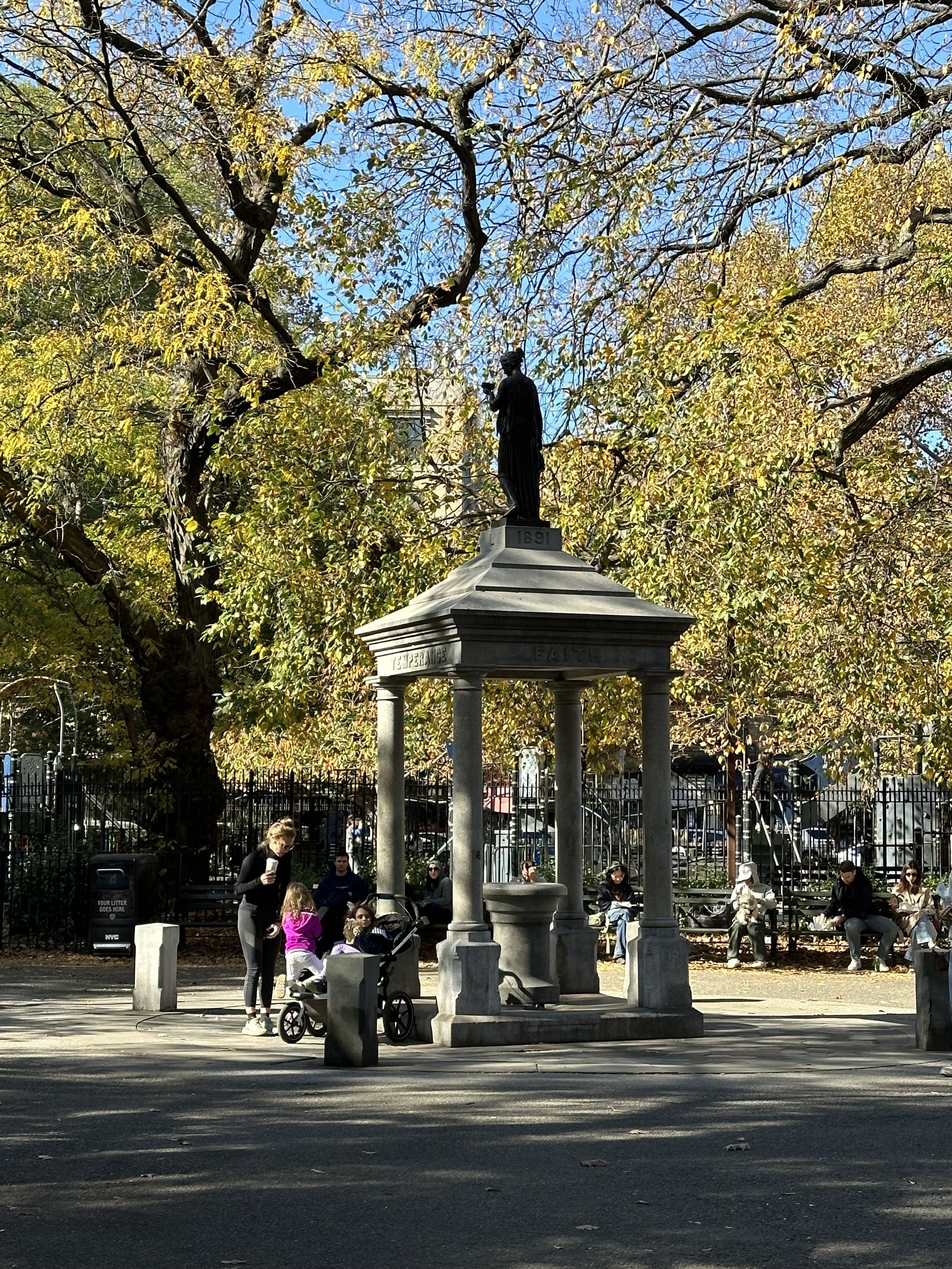
Fun Facts
“Bowery” comes from the Dutch bouwerij, and means “large farm.”
A little-known lawyer named Abraham Lincoln gave a speech in the Great Hall at Cooper Union in 1860; it helped win the Presidential election.
Alexander Turney Stewart (the department store magnate) was buried at St. Mark’s Church in-the-bowery. Two years later, his body was stolen and held for ransom. His widow paid the ransom, and his body was returned, but legend has it that the mausoleum is rigged with an elaborate burglar alarm.
The (first) Marble Cemetery has no headstones - only underground vaults. It looks like a lawn and is available to rent for weddings.
In 1912, news of the Titanic's sinking was transmitted via wireless to Wanamaker’s and read aloud to anxious crowds waiting outside.
New York City was once known as the Big Onion, long before it became known as the Big Apple.